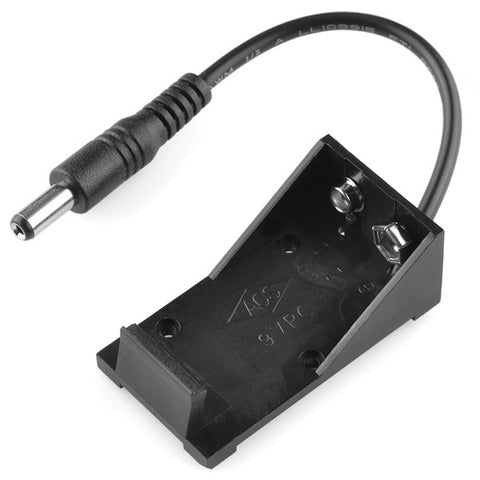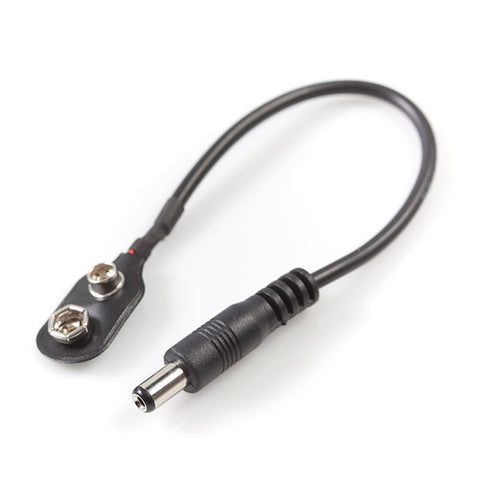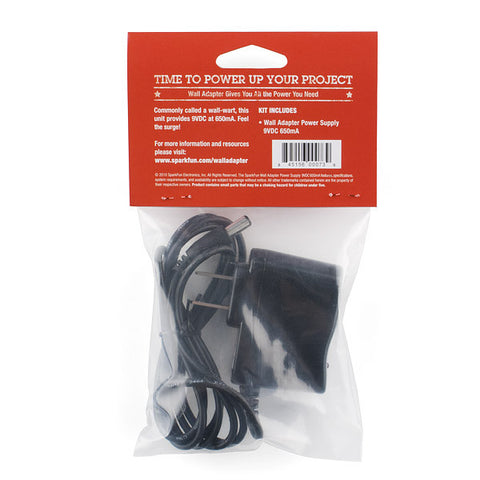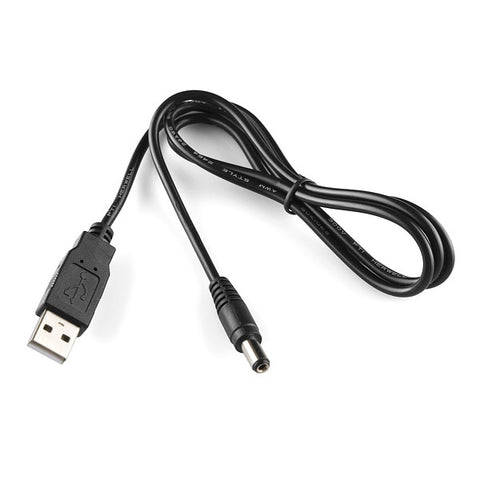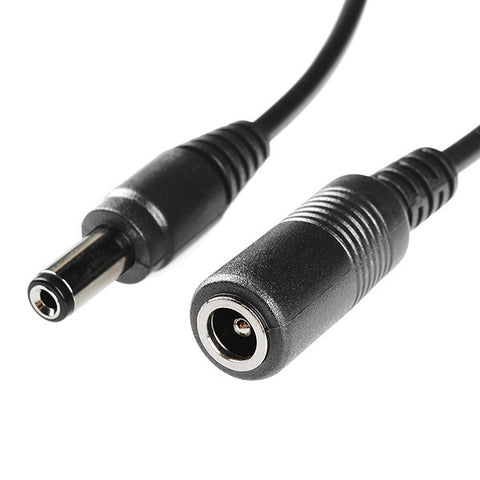Microcontrollers
- Arduino
- AVR Microcontrollers & Programmers
- Basic Stamp Modules and Starter Kits
- LilyPad E-Textiles
- PIC Microcontrollers & Programmers
- Rasberry Pi
Robot Kits
Electronics Parts
- Capacitors
- Crystals
- Diodes and Rectifiers
- Displays and Annunciators
- IC Sockets & Heat Sinks
- ICs
- LEDs and Photodetectors
- Resistors and Potentiometers
- Sensors
- Switches and Relays
- Transistors & FETs
- USB, Web & Memory Card Interfaces
- Wireless Communications
Hardware
- 3D Printers and Supplies
- Batteries
- BEAM Robot Kits
- Cables
- Glue
- Headers
- Metal Frame
- Mold Making and Casting Material
- Motor Controllers
- Motors
- Other Parts
- Paints
- Power
- Project Boxes
- Prototyping SMT by Schmartboard
- Prototyping
- Screws, Nuts & Bolts
- Servos
- Solar Cells And Education Kits
- Standoffs and Spacers
- Wheels
Tools
Education and Fun
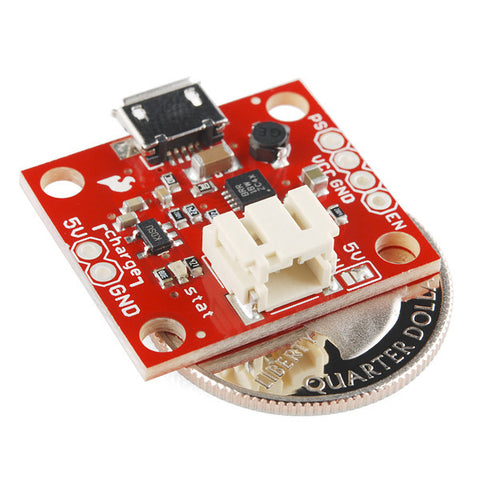
SparkFun Power Cell - LiPo Charger/Booster
The PowerCell board is a single cell LiPo boost converter (to 3.3V and 5V) and micro-USB charger in one. The board comes with a JST connector for a single cell LiPo battery, a micro-USB connector for the 5V charge input, and selectable 3.3V and 5V output pins (labeled ‘out’). There are also two charge pins broken out (labeled ‘charge’), so you can use another 5V power source to charge the batteries, if you don’t have a micro-USB cable.
We’ve also broken out the power-save and enable pins, so that you can have full control of the switching regulator. Keep in mind, if you keep your battery connected to the Powercell, it is recommended that you disable the switching regulator (pull EN low) in order to prevent the battery from discharging and reaching the under voltage cutoff on the battery itself. There is also an under-voltage lockout on the Powercell board which is tied to a solder jumper so that you can disable it if you like.
The micro-USB charger uses the MCP73831 and allows you to charge 3.7V LiPo cells at a rate of 100mA max. The reason for this is because the device does not request 500mA from the USB port and therefore it can only pull 100mA. If you want to charge at a faster rate, you will need to connect a separate power supply to the pins labeled ‘5V’ and ‘GND’ under the label ‘charge’.
The boost converter is based on the TPS61200 from TI and has solder jumper selectable 5V and 3.3V output, and an under voltage protection of 2.6V (which can be disabled via solder jumper on the back of the PCB).
Note: This board does not have reverse polarity protection, so please be sure to recognize the polarity of your connections!
Note: When you are finished charging your battery, it is recommended that you remove the battery from the Powercell, since the charge will slowly drain without proper management. Check out the Hookup Guide in the Documents section below to learn how to control the charging and regulator output.
Dimensions: 1.03 x 0.95"
Features:
- MCP73831 Single Cell LiPo charger at 500mA
- TPS61200 Boost Converter
- Selectable output voltage 3.3 or 5V
- 5V @ 600mA max
- 3.3V @ 200mA max
- Undervoltage lock out at 2.6V (with disable jumper)
- Quiescent current, less than 55uA
- JST connector for LiPo battery
- micro-USB connector for charge power source
- Inductor: 4.7uH, 1.2A Sumida CDRH2D18
- Over temperature protection
Documents:
- Schematic
- Eagle Files
- Tutorial
- Datasheet (MCP73831T)
- Datasheet (TPS61200)
Replaces:PRT-10300
| Brand: | Sparkfun |
| Brand Part Number: | PRT-11231 |
| Our Part Number: | h5391 |
Accessories
We Also Recommend

